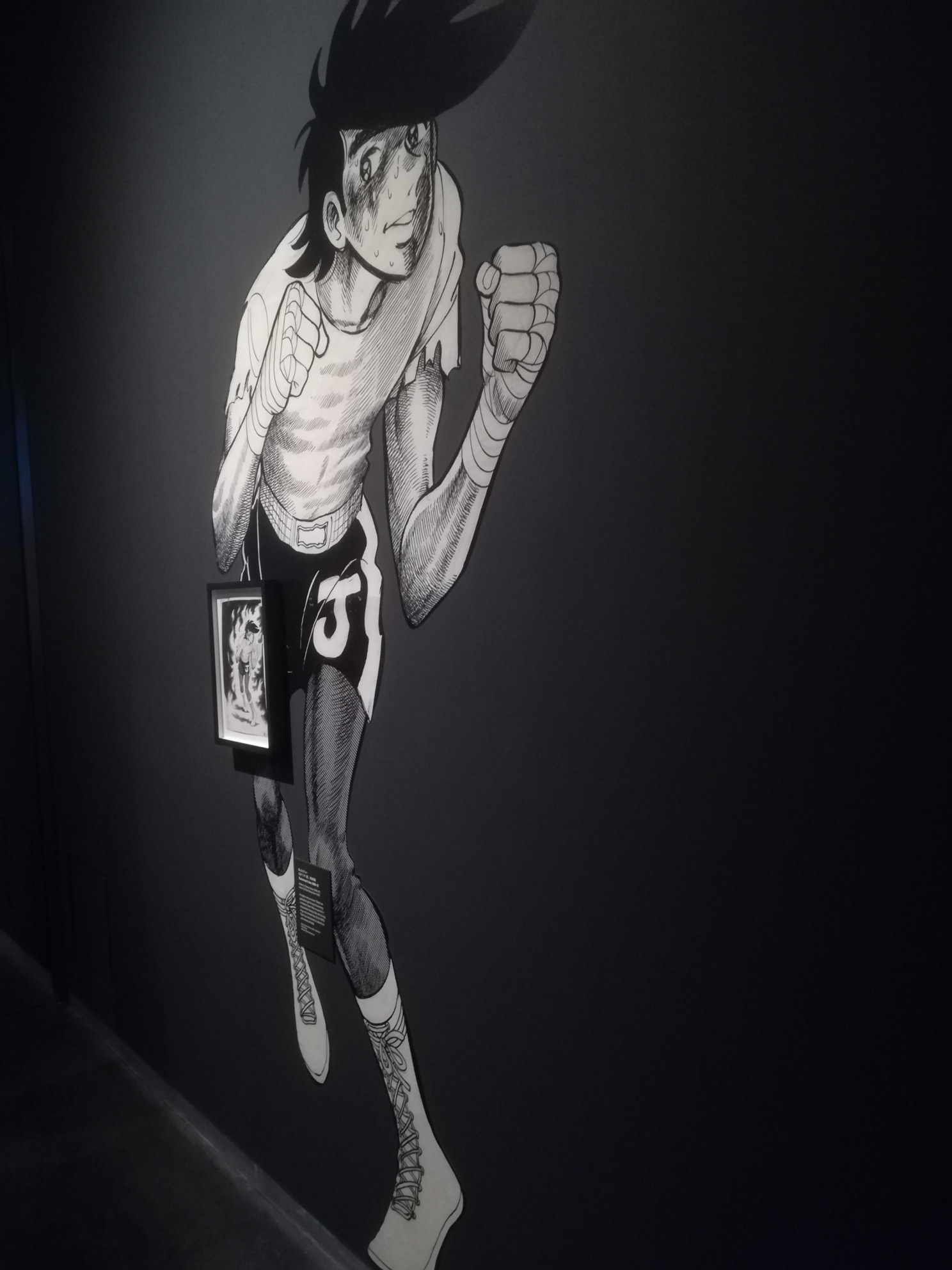I never saw Roujin Z when it came out in the early 90s. I saw the VHS on sale often enough but the cover did not look inviting; an old guy in some weird looking robot bed thing... No thank you. As an edge lord teen I was looking for the cool stuff like Guyver, Devilman and Cyber City Oedo 808. If I'd known that it was by the genius that is Katsuhiro Otomo, the visionary creator of Akira and Memories, and had the art direction of Satoshi Kon, who would go on to direct some seminal manga films including Perfect Blue, Paprika and the stunning series Paranoia Agent, I might have picked it up sooner. However, I hadn't but I decided to write this wrong and sat through the movie earlier today and had a great old time.
In the film, set in the present day but prescient of the ticking-time bomb of an aging population, Japan has a crisis with its elderly. There is a need for change in the health and social care sector to deal with this overwhelm. A nascent technology company may have a solution with the Z-001, an automated networked bed that takes care of the needs of the patient. All it needs is a test subject and Kijuro Takazawa seems to fit the bill however his volunteer nurse Haruko isn't so sure. When the machine goes haywire and becomes self aware things get out of hand as the military get involved seeking to save their 6th generation top of the range technology and atomic powered engine.
I have to say, this film was not at all what I was expecting. Expectations for this film were high upon release as this was coming after the release of the juggernaut that was Akira. I wish I could have seen the reaction from the time as this is a more concise and satirical sci-fi film, clocking in at just under 80 minutes.
You know this is an unusual film when the creative genius that is Otomo uses his calligraphy skills to write the title with a brush at the beginning of the film. His hand symbolically breaks the animation 4th wall showing that there is a human touch behind the veneer of technology and animation.
The rest of the film is beautifully rendered in loving detail and depicts the minutaie of life- homes, medical technology, transport, fashion and people- whilst the social commentary is pointed and stinging. Japan is a country built on respect for its traditions and history so how could it care for the elderly and balance this with the need to keep innovating and moving forward? The film looks at this dilemma as it looks at how the care for the elderly is inadequate with its lack of staffing, high costs and oversubscription.
This is a socially conscious film and I think it shows that all life is valuable- there is so much we don't know and will never know in the short time we are here. We have to accept that there are some mysteries we will never solve in our lifetime, but, with a little help, me might to figure out a few of them before we shuffle off this mortal coil.
We are in a existentially terrifying era of late state capitalism and this is having an impact on the entire world- the only way to survive is to work together and unite rather than break off into disperate groups and go it alone. We need to be there for one another as we either 'fix our hearts or die' to quote David Lynch.
This is an excellent example of 90s manga and deserves to be seen as it is moralistic but also bloody funny too.
LINK: Fire Tripper- Cult Manga Review
LINK- Akira Soundtrack Vinyl Review
LINK- Monster City- Cult Manga Review
LINK: Japan: My Journey to the East
LINK- The Offworld Collection- Book Review
LINK: Manga Exhibition at the British Museum
LINK- The Midnight Library and the Idea That You Can’t Go Home Again
LINK- The Transportive Nature of Objects (And the Power of Mini Consoles)





































